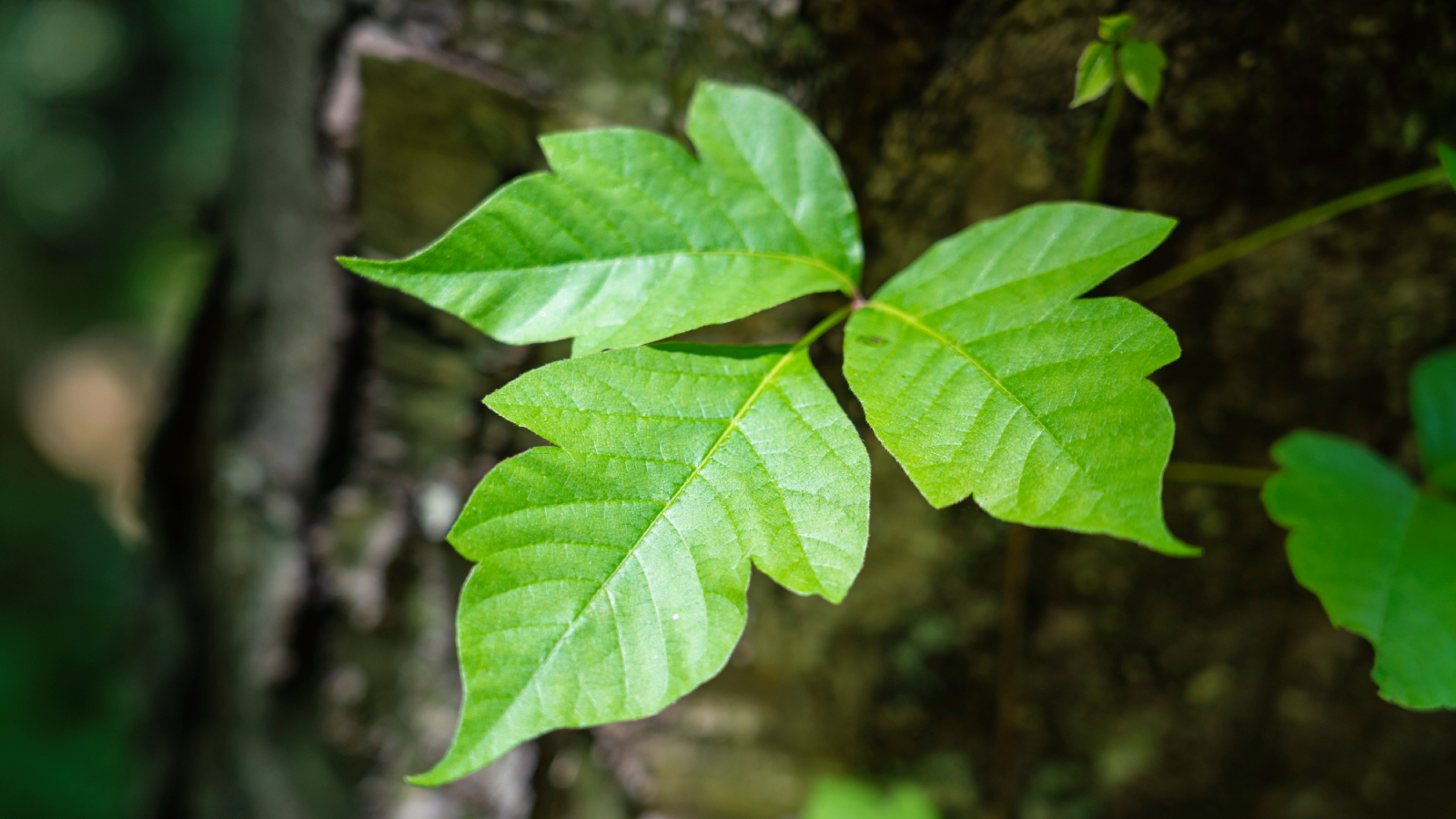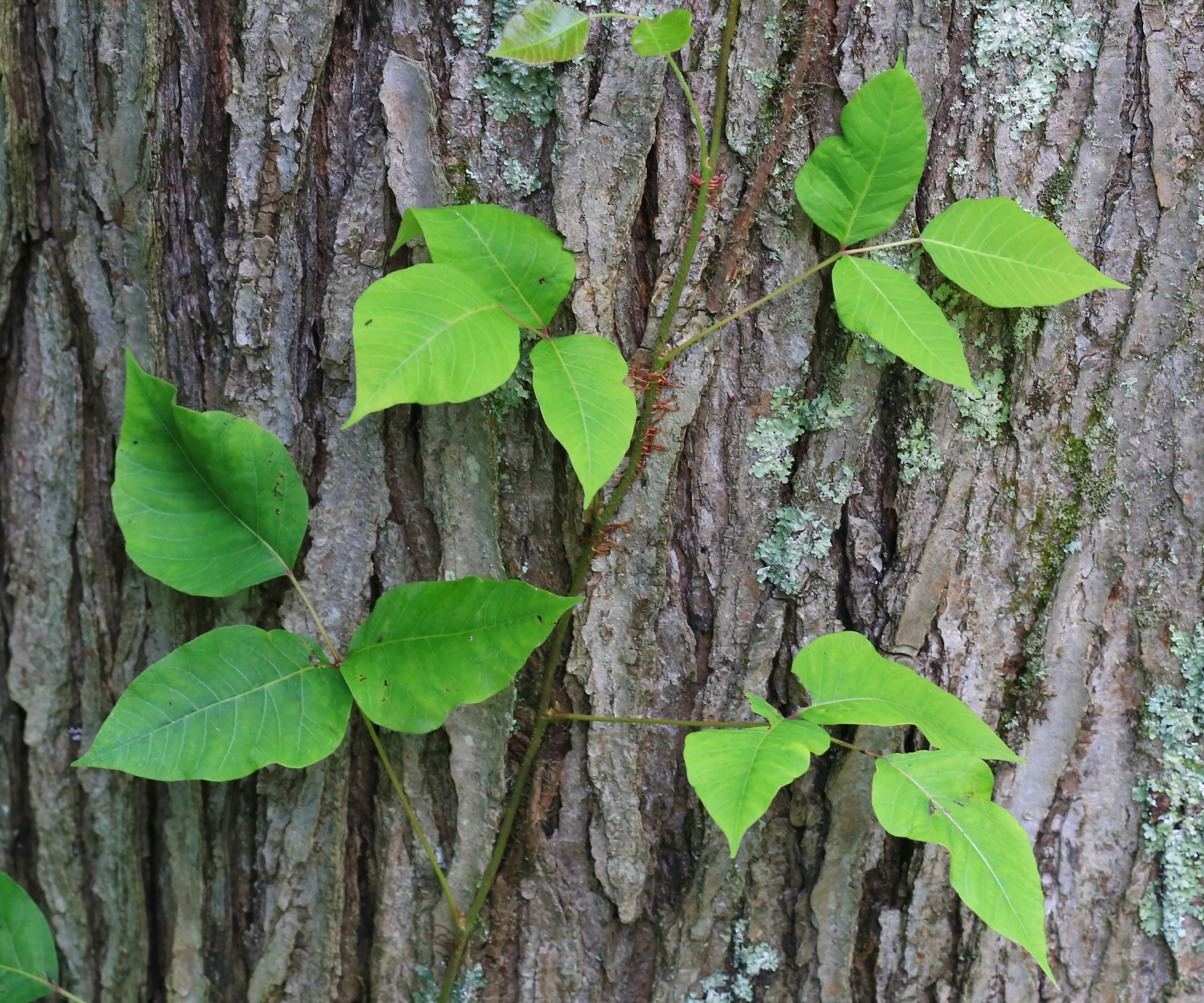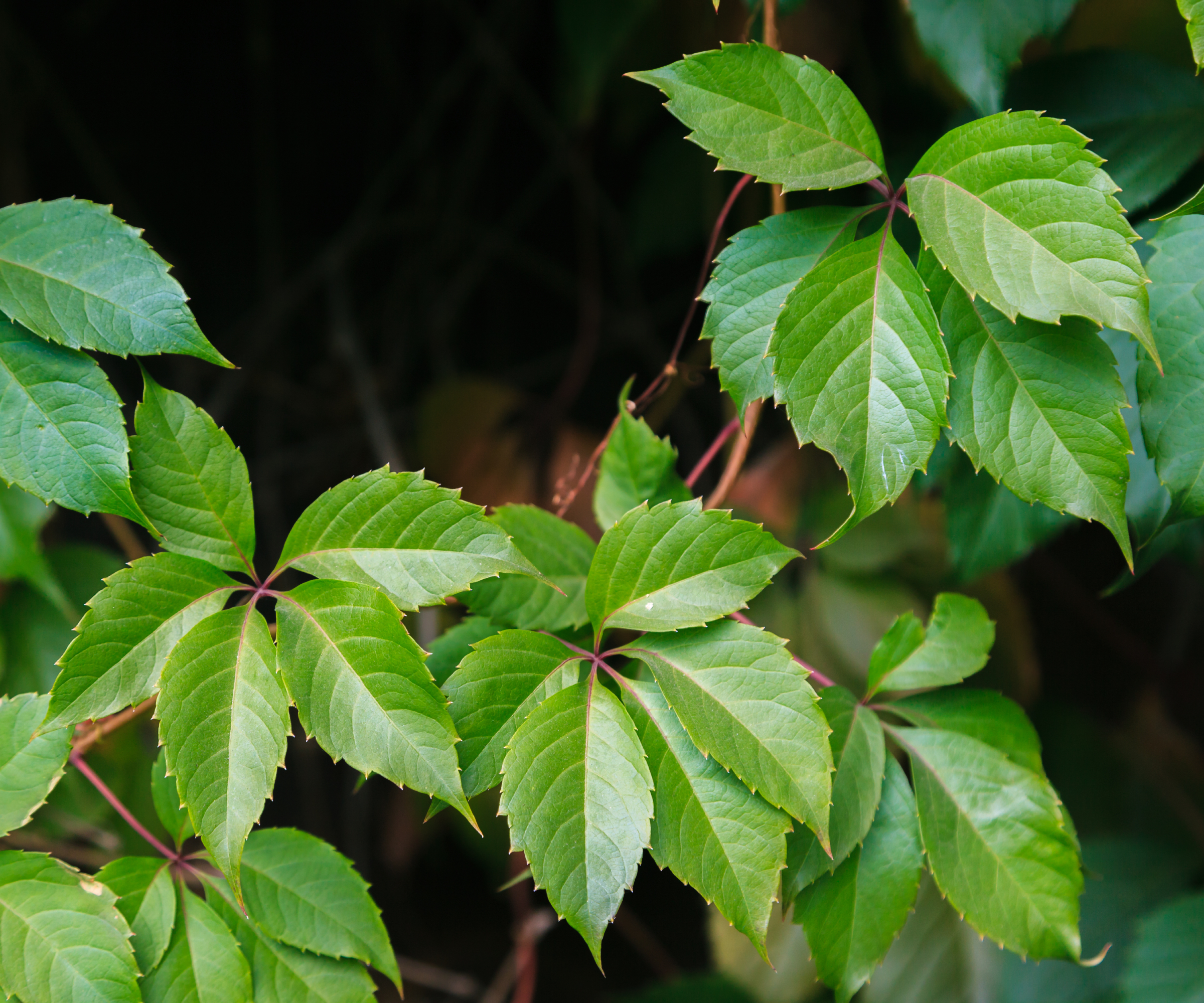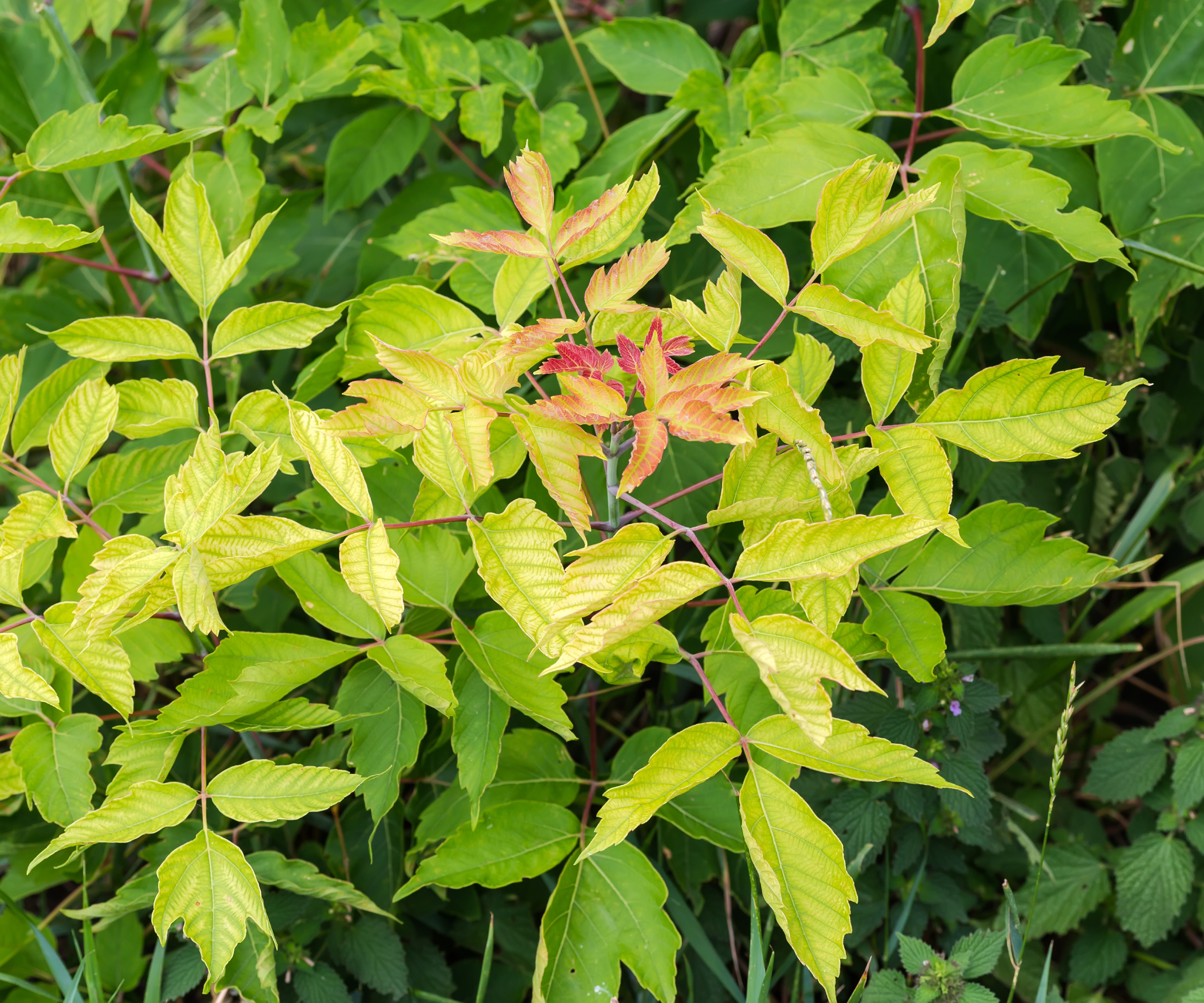How To Identify Poison Ivy To Prevent A Painful Rash – Plus, Common Lookalike Plants
Learning how to identify poison ivy is important for every gardener. Avoid a painful rash with these simple tips for spotting this poisonous plant.


If you love being outdoors, learning how to identify poison ivy is a necessary skill. The experience of spending a few days with itchy, stinging, blistered skin from this innocent-looking plant can bring home how important it is to acknowledge its presence and avoid any contact with it in the garden or out on a hike. It can make you quite miserable. We'll provide some simple tips to help you identify and avoid poison ivy, plus examine some common lookalike plants that are often confused with this vicious vine.
Why Poison Ivy Identification Is Important
Why do plants like poison ivy and poison oak cause such a miserably uncomfortable rash? Poison ivy and other skin irritant plants contain an oily resin called urushiol.
Every part of poison ivy is coated with urushiol. That means the leaves, stems and roots can have the same irritating effect on human skin wherever it’s touched by any part of the plant and the oil can cling to clothing. Some people are not allergic to urushiol, but caution is always advised.
The poison ivy plant release urushiol whenever it is bruised, brushed against, broken or damaged, or even when it’s burned. Direct contact with or inhaling smoke from the plant can cause a rash or worse.

The rash most people get from poison ivy is an allergic response from the body’s immune system. That's why you should never burn poison ivy or other plants that contain urushiol. Inhaling smoke and ash that contains urushiol oil can cause an allergic reaction in your nasal passages, mouth, and even your lungs.
Wherever urushiol oil goes it has the potential to spread the rash. The oil can remain on clothing and bedding, as well as the skin. Scrubbing the skin as soon as possible after contact is crucial. But avoiding contact with poisonous plants is an even better remedy. That's why it's important to learn how to identify poison ivy.
What Does Poison Ivy Look Like?
Poison ivy is a native that grows in many types of terrain and in every state in the US except for California, Hawaii and Alaska. While it is more commonly found in forested and mountainous areas, it also thrives near rivers, lakes and wetlands, as well as ocean beaches.
Sign up for the Gardening Know How newsletter today and receive a free copy of our e-book "How to Grow Delicious Tomatoes".
The tricky aspect of identifying poison ivy that it blends in beautifully with other woodland understory plants like shrubs, vines and saplings. It doesn’t appear the slightest bit threatening or remarkable and would not normally catch your attention if you weren’t looking out for it.

Identifying Poison Ivy Leaves
What do poison ivy leaves look like? You may expect this notorious plant to have a dramatic or more noticeable presentation, but it looks like many other low shrubs or climbing vines. Here are some features to look for:
- They grow on a vine.
- Each leaf has three leaflets, generally oval, roughly toothed and pointed.
- Sometimes the two side leaflets appear to have a "thumb" or a point on one side of the leaf.
- The middle leaf in the trio is the largest.
- The leaves are alternate, meaning they do not appear directly across from each other along the stem but are staggered.
- Poison ivy leaves are shiny and red-tinged in spring, but become dull and green as they mature. In autumn, the leaves turn a mahogany red-brown.

- You might see yellowish flowers in early summer, followed by white berries.
- Poison ivy is deciduous, which means it loses all its leaves and berries in winter.
Common Poison Ivy Lookalikes
There are four common plants that are poison ivy lookalikes. One is poisonous and should be avoided the same as poison ivy, but the other three are harmless. Here are the most common plants people confuse with poison ivy:
1. Poison Oak

You may have heard the old adage, “Leaves of three, let it be.” This bit of folk wisdom comes from the fact that both poison ivy and poison oak have three leaflets and are coated in urushiol oil.
This similarity makes the two plants hard to distinguish, but you should avoid both to prevent painful rashes. Though they look similar, there are several simple ways to tell these poison plants apart. Let’s take a look at what they are.
Poison oak has several distinguishing characteristics:
- Poison oak grows as a low shrub instead of a vine with its leaves crowded near the stem tips.
- Each poison oak leaf often has three leaflets, but sometimes more.
- Poison oak leaves are more rounded and resemble oak leaves.
- Poison oak leaves are “alternate,” like poison ivy, meaning they do not appear directly across from each other along the stem but are staggered.
- Poison oak’s leaves are furry on the underside and paler in color than the tops.
- A deciduous plant, the leaves of poison oak fall completely away in winter.
- Poison oak berries are white or tan and darken in color before they fall.
- Poison oak can be found in California and throughout the Northwest regions of the US, as well as British Columbia. Poison ivy cannot.
2. Virginia Creeper

Virginia creeper (Parthenocissus quinquefolia) is one of them. These vines only cause an allergic skin reaction in people with allergies to them and are usually considered harmless.
How do you tell them apart? Poison ivy always has three leaflets per leaf, while mature Virginia creepers have five. Young plants sometimes have less however. In addition, Virginia creeper vines are much less hairy than poison ivy vines.
3. Boxelder

Another plant that looks like poison ivy is boxelder (Acer negundo), since the leaves also have three leaflets and look very similar in shape. But check the leaf arrangement. Boxelder leaves are opposite from each on along the stem, while poison ivy leaves are arranged alternately.
4. Climbing Hydrangea

This is also the way to tell climbing hydrangea (Decumaria barbara) from poison ivy. Their leaves are also opposite and usually have smooth edges, unlike poison ivy.
Don’t stop hiking in nature, but always be prepared and vigilant. Nature is not always as kind as we’d like, and it’s better to be safe than to deal with the rash from poison ivy or poison oak.
An interesting fact is not everyone is allergic to poison ivy. WebMD says, “Up to 85% of Americans are allergic to poison ivy, leaving at least 15% resistant to any reaction.” I’m happy to report I am in that 15%! But if you’re in the majority, a good rule of thumb if you’re unsure is: don’t touch it!

Caroline Bloomfield is Manager of Marketing Communications at Gardening Know How since 2019. A northwest native, she has resided and gardened in multiple zones in the U.S. and is currently at home in Bandon, Oregon. Writing and editing for various publications since 1998, her BA in American Studies from Southern Maine University includes an emphasis in English. She was raised in California by avid gardeners and continues to enjoy the natural world with an appreciation for the concepts of sustainability and organic care for the planet.
- Laura WaltersContent Editor
- Teo SpenglerWriter